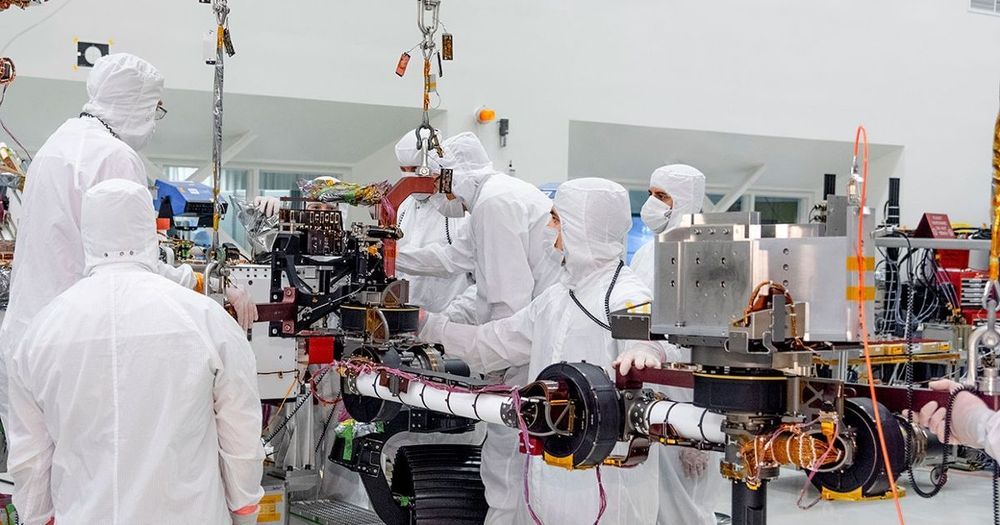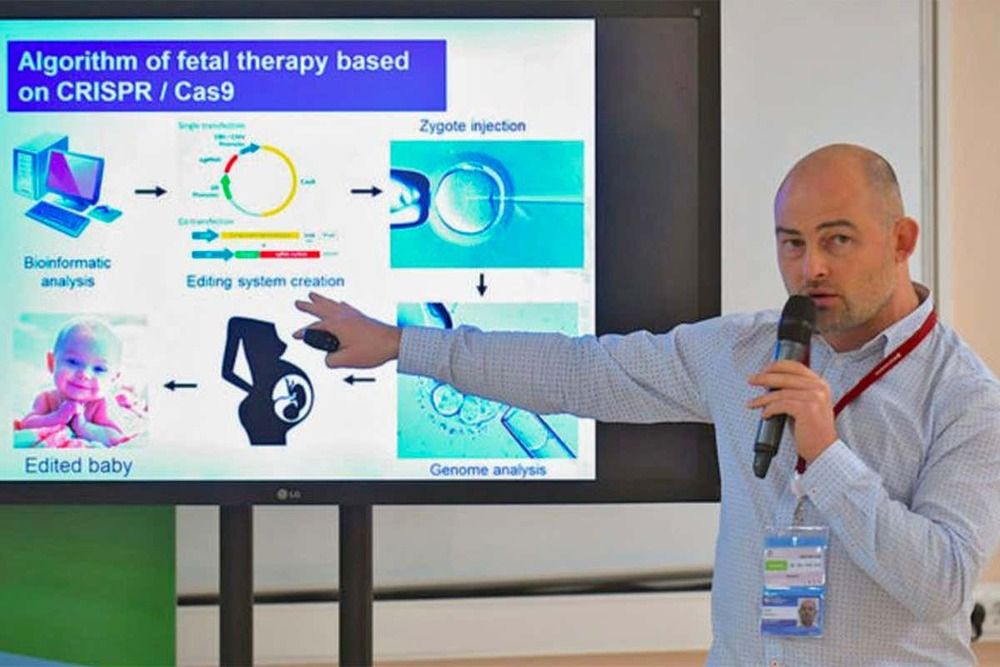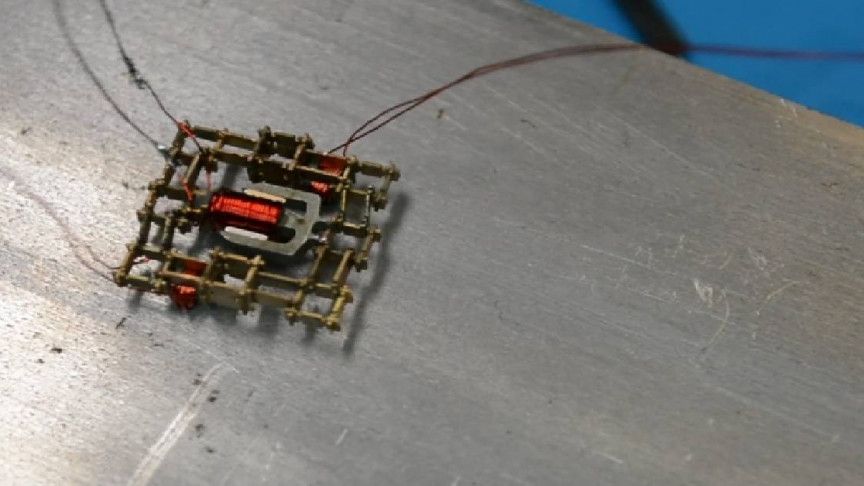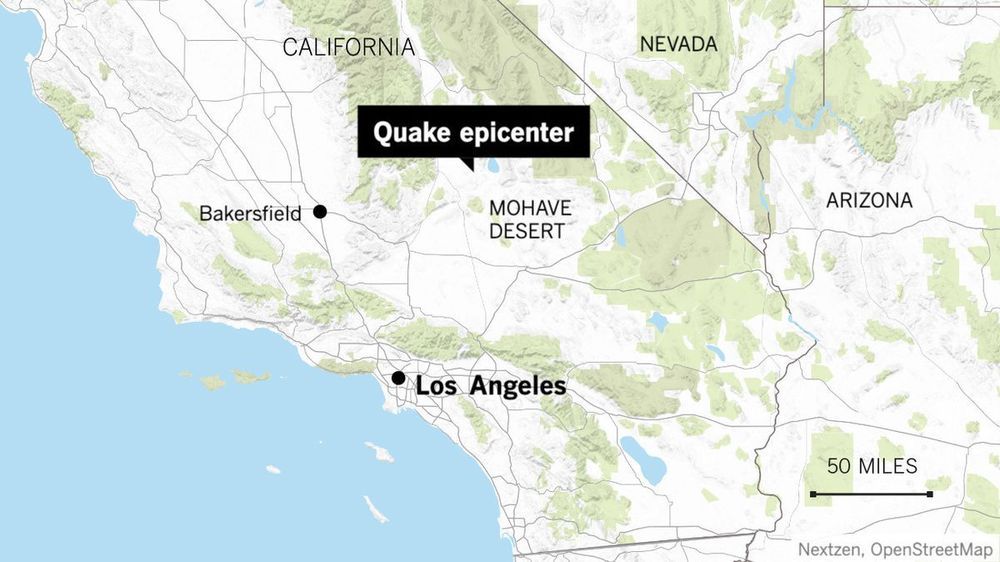Different African killifish species vary extensively in their lifespans—from just a few months to several years. Scientists from the Max Planck Institute for Biology of Ageing in Cologne investigated how different lifespans have evolved in nature and discovered a fundamental mechanism by which detrimental mutations accumulate in the genome causing fish to age fast and become short-lived. In humans, mutations accumulate mainly in the genes that are active in old age.







